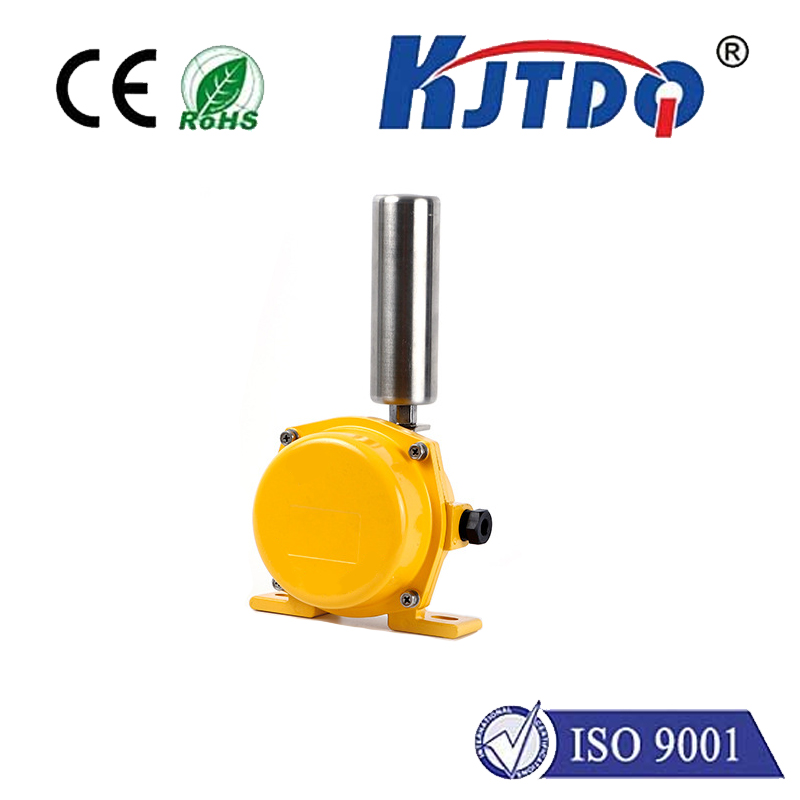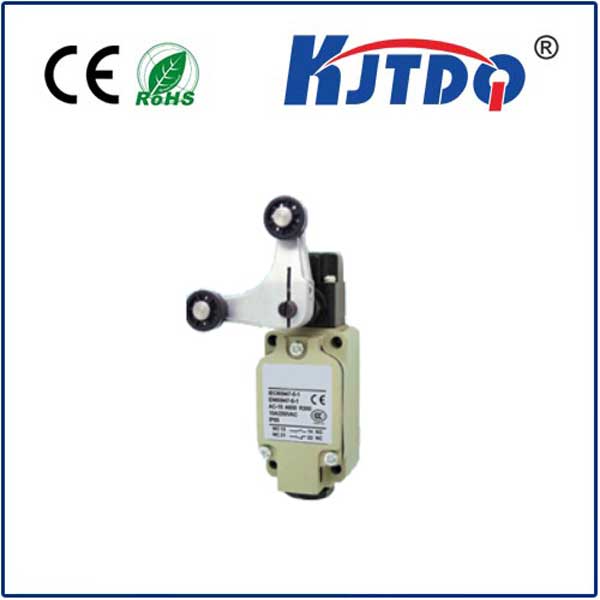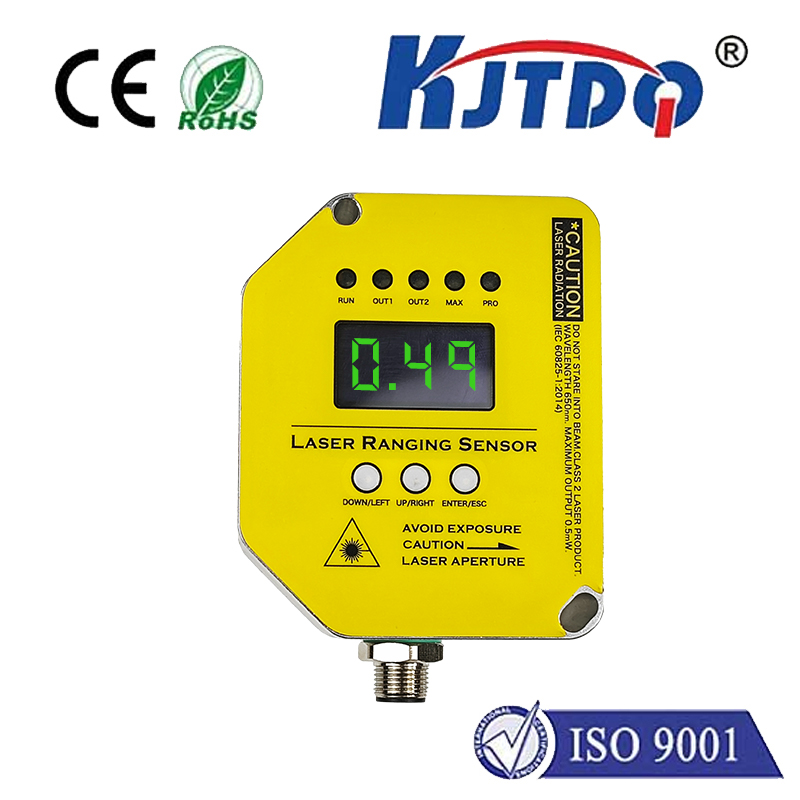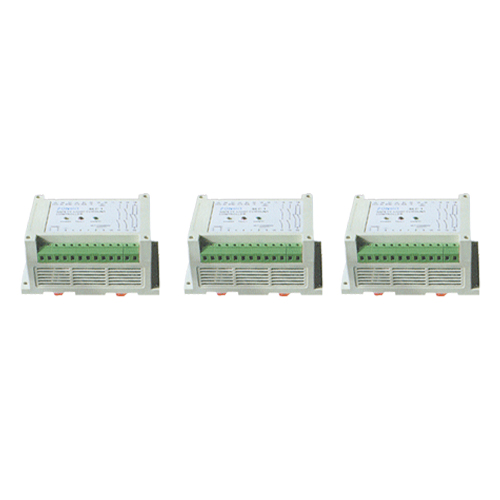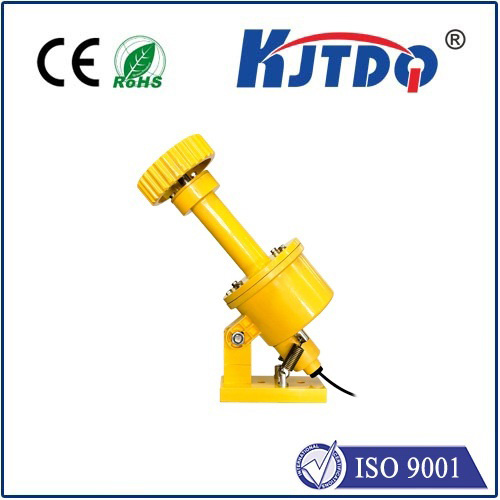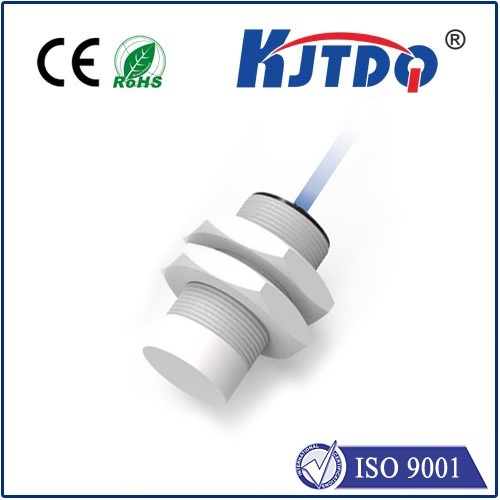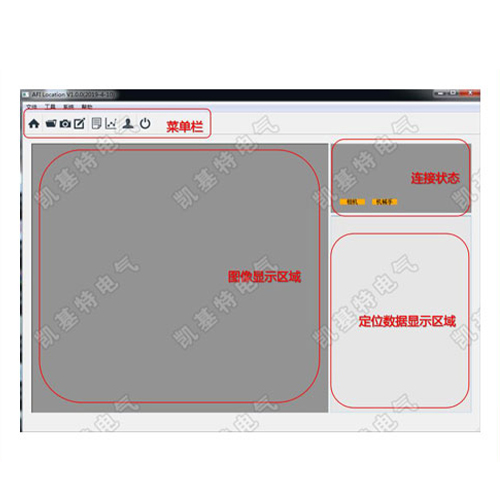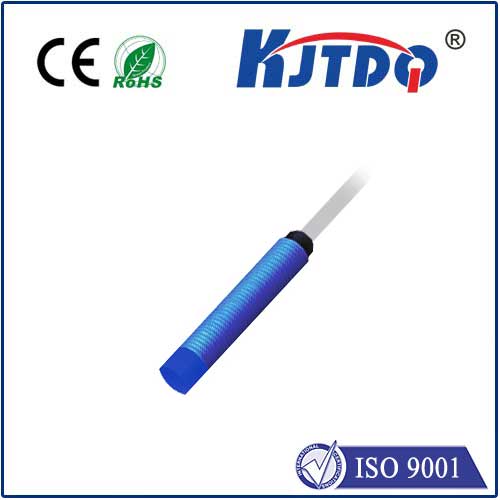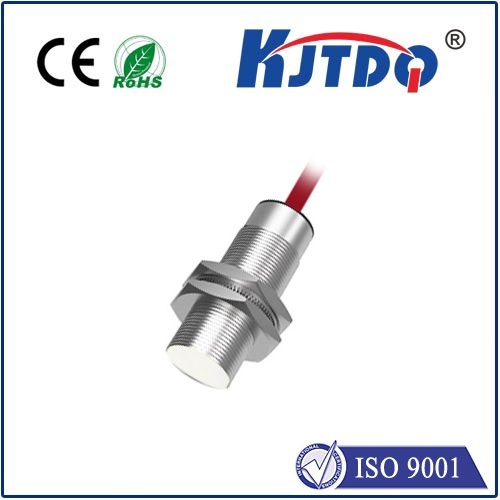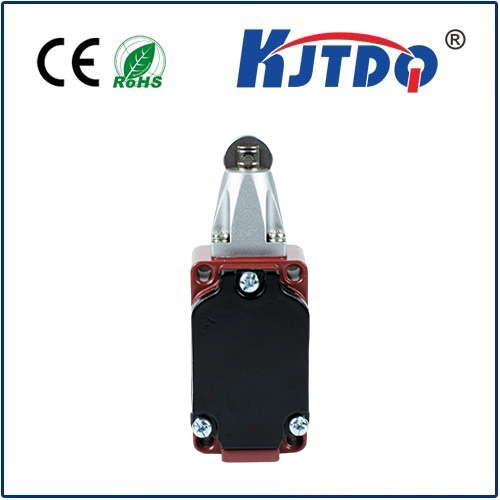

check

check

check

check
Long-Range Laser Distance Sensors with Arduino: Building Your Next Precision Measurement Project Whether you’re designing a robotics navigation system, automating industrial processes, or experimenting with DIY surveying tools, combining a long-range laser distance sensor with an Arduino opens doors to high-accuracy, remote measurement solutions. These sensors, capable of detecting objects up to hundreds of meters away, are revolutionizing fields like automation, construction, and even hobbyist electronics. But how do you harness their power effectively? Let’s explore the seamless integration of laser rangefinders with Arduino, uncovering practical applications, wiring strategies, and code optimizations to elevate your projects.
Traditional ultrasonic or infrared sensors have limitations in range and environmental adaptability. For instance, ultrasonic sensors struggle with accuracy beyond 5 meters and perform poorly in noisy environments. Laser-based sensors, on the other hand, use time-of-flight (ToF) or phase-shift measurement principles to deliver sub-millimeter precision over distances exceeding 100 meters. This makes them ideal for scenarios requiring:
Not all laser distance sensors are created equal. Key factors to consider include:

Let’s break down the process of connecting a laser sensor to an Arduino Uno:
Shielding: Use ferrite beads or twisted-pair cables to minimize EMI interference, especially in industrial settings.
Install Libraries: Use Arduino IDE’s Library Manager to add sensor-specific libraries (e.g., VL53L0X by Pololu).
Sample Code:
#include
#include
VL53L0X sensor;
void setup() {
Serial.begin(9600);
Wire.begin();
sensor.init();
sensor.setTimeout(500);
}
void loop() {
Serial.print("Distance: ");
Serial.print(sensor.readRangeSingleMillimeters());
Serial.println(" mm");
delay(100);
}
To maximize reliability in real-world conditions:
Q: Can I use multiple laser sensors with one Arduino? A: Yes! Assign unique I2C addresses to each sensor using the manufacturer’s guidelines. Q: How does ambient light affect performance? A: Direct sunlight can interfere. Use sensors with ambient light rejection or install protective shrouds. Q: What’s the maximum update rate for a ToF sensor? A: High-end models like the VL53L7CX support up to 60 Hz, ideal for dynamic applications. By blending the precision of long-range laser sensors with Arduino’s versatility, you’re not just building a gadget—you’re crafting a solution that bridges the gap between theoretical accuracy and real-world usability.
